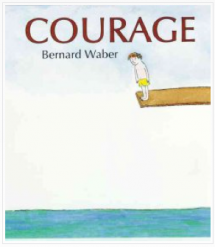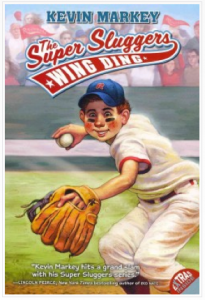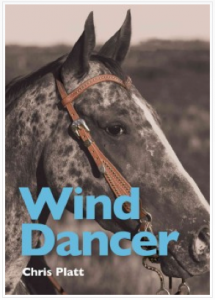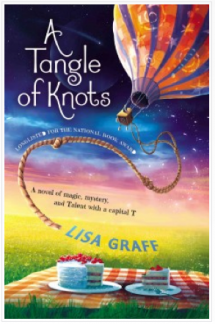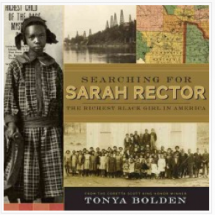As teachers, repeating ourselves ad nauseam is not our intention, but we all do it. We engage, refocus, and double check our students have learned what we taught. Sometimes it feels like we work significantly harder than our students.
Focus is the beginning of all learning in the classroom
I attended a Learning and the Brain conference and was challenged by its theme: focus is the beginning of all learning in the classroom. What we choose to focus on is what makes up our cognitive schema. This concept seems simple, but I have since realized how profound a problem focus is for all ages.
As a Learning Specialist, I decided to observe classrooms through this new “focus” lens. I noticed in a classroom of students, even well-behaved students, focus was consistently inconsistent at any given time. In fact, I have yet to observe a group of 20 students all fully engaged for the same five uninterrupted minutes (this assumes focus requires more than having eyes on the teacher and lips closed).
Expectation of focus is a balanced responsibility
Some educators believe focusing students is the teacher’s job as informed by best practices, brain research, and engaging learning activities. But, they say, due to technology’s influence, students’ ability to focus is waning. However, I began to believe expectation of focus can be a balanced responsibility; we have to do our part, but our students have to do their part, too.
I pondered three questions:
In general, how do we teach students to focus?
How do I teach five and six-year-olds to focus?
How much cognitive control can we expect from elementary school children?
We can only control what we understand
Our brain controls our actions, thoughts, emotions, and learning. Yet how much do we really understand about our brain and its connection to who we are and what we do every day? We can only control what we understand.
So, my first attempt to improve focus in the classroom was to teach students what it means to focus.
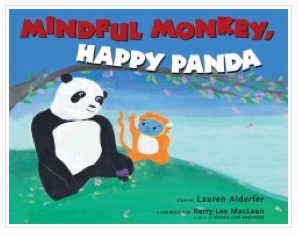 A psychologist in Atlanta introduced me to Lauren Alderfer’s Mindful Monkey, Happy Panda. The book’s main characters, Monkey and Panda, engage in a conversation that teaches readers what it means to be “Monkey Minded.” Monkey is always doing two or three things at once. When he is eating, he is thinking about playing; when he is playing, he is thinking about reading. His mind is never doing just one thing and, therefore, he feels scattered. Monkey notices that Panda is peaceful, happy, and enjoying life. He learns that Panda’s secret to happiness is that he only thinks about one thing at a time. By focusing on one thing, Panda is able to fully enjoy the one thing he is doing. Monkey decides to give it a try.
A psychologist in Atlanta introduced me to Lauren Alderfer’s Mindful Monkey, Happy Panda. The book’s main characters, Monkey and Panda, engage in a conversation that teaches readers what it means to be “Monkey Minded.” Monkey is always doing two or three things at once. When he is eating, he is thinking about playing; when he is playing, he is thinking about reading. His mind is never doing just one thing and, therefore, he feels scattered. Monkey notices that Panda is peaceful, happy, and enjoying life. He learns that Panda’s secret to happiness is that he only thinks about one thing at a time. By focusing on one thing, Panda is able to fully enjoy the one thing he is doing. Monkey decides to give it a try.
The goal is to have children see both states of mind are appropriate at different times
Two useful phrases, Monkey Minded and Panda Moment, help teach principles of cognitive control to young students. If students can experience what it feels like to focus on one thing, a Panda Moment, then they are ready to notice when they are Monkey Minded. The goal is to have children see that both states of mind are enjoyable and appropriate at different times throughout the day. When it is time to learn, focusing all attention on the teacher, like a Panda Moment, is best for learning. If Monkey Minded moments occur during learning, important information can be missed, making learning difficult.
Panda Moments will come easily to some and with great difficulty to others. These are opportunities to build attention stamina by introducing focusing strategies and breathing techniques. I believe students are able to focus just as well as they did before technology and video games. The only difference is that the new generation needs teachers to define what it means to sustain focus, and to help students build stamina since the world is full of ever-present distractions.
If we can empower students to recognize when they are doing their part and hold them accountable when they are not, we will be able to use our best teaching methods and students will be able to use their cognitive ability to listen, experience, and learn.
Secondly, I realized helping students understand their brain can help them focus.
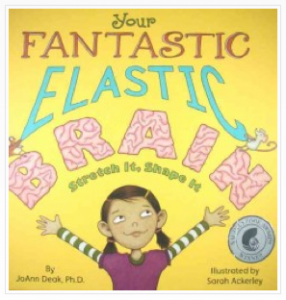 At the Learning and the Brain conference, I discovered JoAnn Deak’s picture book, Your Fantastic Elastic Brain: Stretch It, Shape It, a fantastic tool to help students understand the brain, how it works, and how it impacts them every day. It uses age-appropriate language and captivating illustrations to help kids learn what is happening in their brain when they engage in daily activities. Here are a few favorite teaching points (among many) from this book:
At the Learning and the Brain conference, I discovered JoAnn Deak’s picture book, Your Fantastic Elastic Brain: Stretch It, Shape It, a fantastic tool to help students understand the brain, how it works, and how it impacts them every day. It uses age-appropriate language and captivating illustrations to help kids learn what is happening in their brain when they engage in daily activities. Here are a few favorite teaching points (among many) from this book:
- The brain is a muscle that wants to grow and be strengthened
- Making mistakes and practicing is essential for learning because the process helps our brain make and strengthen connections
- Learning new things stretches the brain and helps it grow.
- Our emotions impact our learning, but we can control and change our emotions if we pay attention and make helpful choices.
Finally, I was challenged to better understand focus as a teacher.
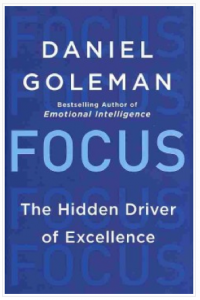 In Focus: The Hidden Driver of Excellence, Daniel Goleman discusses how cognitive control and emotional intelligence are essential skills to achieving potential. As educators, we need to reflect upon how we teach students about the brain and its power to control thoughts, actions, emotions, and how all three cognitive aspects interact to create life experiences. We can only control what we know and understand.
In Focus: The Hidden Driver of Excellence, Daniel Goleman discusses how cognitive control and emotional intelligence are essential skills to achieving potential. As educators, we need to reflect upon how we teach students about the brain and its power to control thoughts, actions, emotions, and how all three cognitive aspects interact to create life experiences. We can only control what we know and understand.
Helping students understand how their daily experiences, emotions, and intelligence are a product of the brain in action empowers them to shape their brain to best of their ability. By understanding and balancing the teacher/student responsibility for focus in the classroom, we are able to establish a solid beginning for all learning.
Brynn Redmond is the K-1 Learning Specialist at The Lovett School in Atlanta, Georgia.




